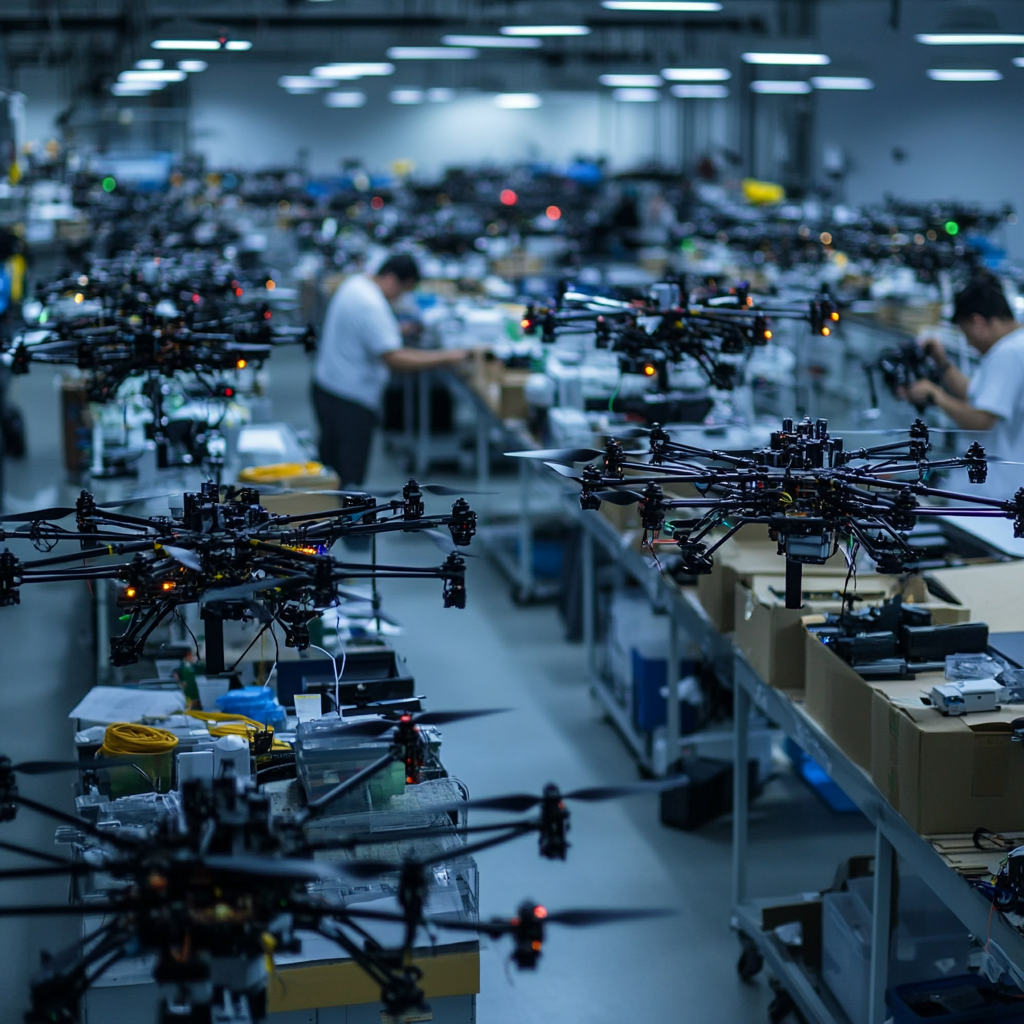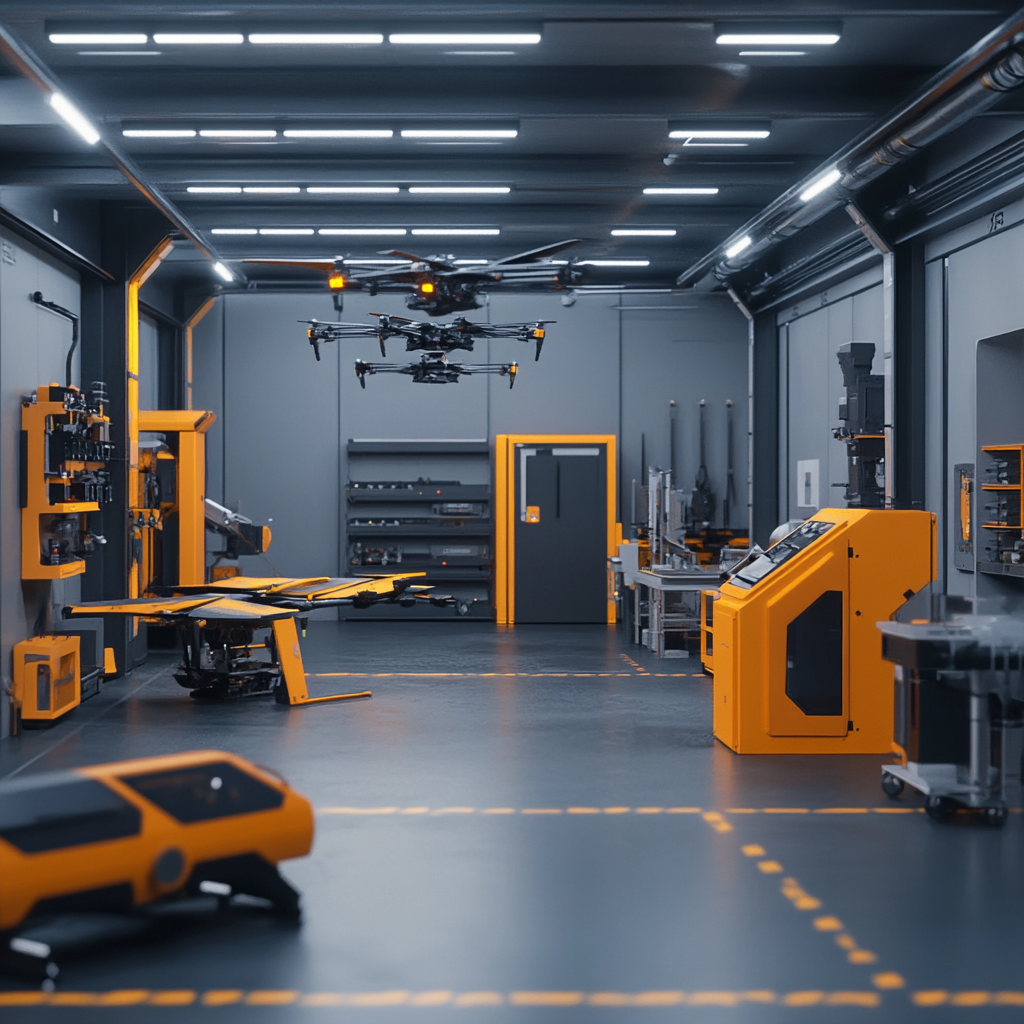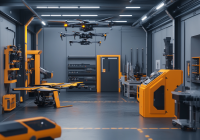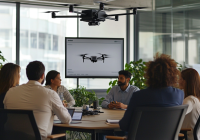Multi-Domain Drones and Manned-Unmanned Teaming (MUM-T): Reducing Cognitive Load Through AI and Autonomy
Introduction
The evolution of modern warfare has been characterized by the integration of advanced technologies to enhance operational effectiveness. One such innovation is the concept of Multi-Domain Drones in conjunction with Manned-Unmanned Teaming (MUM-T). This synergy not only expands the operational capabilities across air, land, sea, space, and cyber domains but also optimizes mission outcomes by leveraging artificial intelligence (AI) and autonomous systems. The primary objective of this essay is to explore how multi-domain drones and MUM-T, supported by AI and autonomy, can significantly reduce the cognitive load on human operators, thereby enhancing decision-making and operational efficiency.
The Essence of Multi-Domain Drones
Multi-domain drones are versatile unmanned systems designed to operate seamlessly across various combat environments. These drones can perform a multitude of roles, from intelligence, surveillance, and reconnaissance (ISR) to electronic warfare and direct combat support. Their adaptability ensures that mission objectives are met with precision and efficiency, regardless of the operational theater.
Manned-Unmanned Teaming (MUM-T): A Force Multiplier
MUM-T represents a transformative approach in military operations, enabling manned platforms to collaborate effectively with unmanned systems. This integration facilitates real-time information sharing, coordinated maneuvers, and synchronized strikes. MUM-T not only amplifies the reach and lethality of military assets but also enhances situational awareness and reduces the risk to human life by delegating high-risk tasks to unmanned systems.
The Role of AI and Autonomy in Reducing Cognitive Load
One of the most significant challenges in modern warfare is the cognitive burden placed on operators tasked with managing complex systems and vast amounts of data. AI and autonomous technologies play a pivotal role in mitigating this issue by:
- Automated Decision-Making: AI algorithms can process and analyze data at unprecedented speeds, providing operators with actionable insights and predictive analytics. This capability enables quicker decision-making in high-pressure environments.
- Task Delegation: Autonomous systems can independently execute routine and repetitive tasks, allowing human operators to focus on strategic decision-making and mission-critical activities.
- Adaptive Learning: Advanced AI systems possess the ability to learn from operational data, continuously improving their performance and adapting to evolving threats without constant human intervention.
- Enhanced Human-Machine Interface: The integration of intuitive interfaces and natural language processing reduces the complexity of controlling unmanned systems, further alleviating the cognitive demands on operators.
Operational Advantages in Defense Technology
The incorporation of multi-domain drones and MUM-T, underpinned by AI and autonomy, offers several strategic advantages:
- Increased Operational Tempo: Rapid data processing and autonomous decision-making accelerate mission execution timelines.
- Improved Resource Allocation: Autonomous systems optimize the use of available resources, enhancing operational efficiency.
- Resilience in Contested Environments: AI-driven systems can operate effectively in degraded or denied communication environments, maintaining mission continuity.
- Force Protection: Reducing the exposure of human personnel to hostile conditions minimizes casualties and preserves critical human capital.
Conclusion
The convergence of multi-domain drones, MUM-T, and AI-driven autonomy represents a paradigm shift in defense technology. By offloading cognitive burdens from human operators and enhancing operational capabilities, these technologies ensure that military forces remain agile, effective, and resilient in the face of evolving threats. As the defense landscape continues to advance, the strategic implementation of these innovations will be crucial in maintaining a competitive edge and safeguarding national security.



